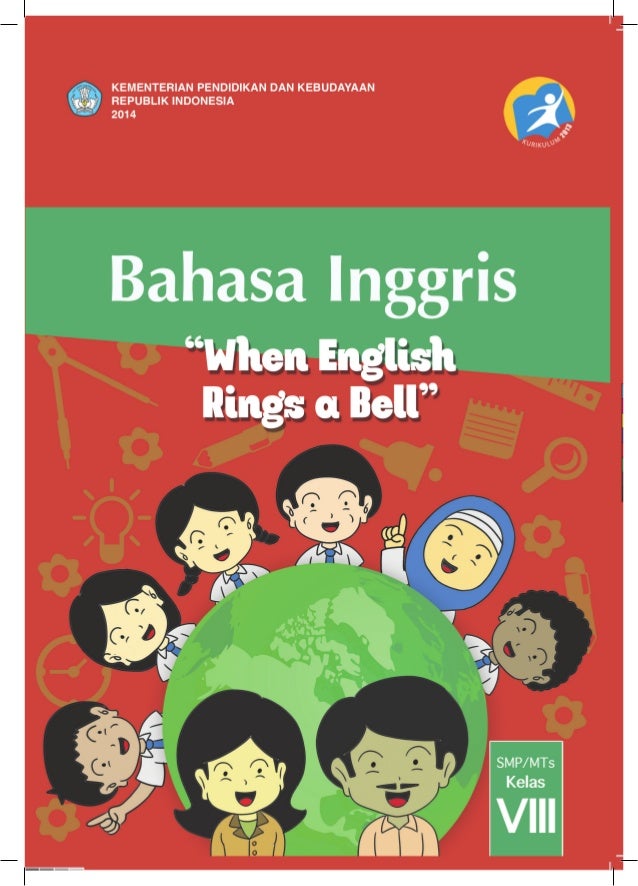



© Fay Patel, Mingsheng Li and Prahalad Sooknanan, 2011. By integrating ‘glocal’ perspectives in intercultural communication, the book addresses the long-term strategy of developing a global community without sacrificing indigenous local values. The book also covers a range of issues, from the interactions of various cultures to the expansion of social organizations and the growing global infrastructure. The authors raise points of critical reflection on intercultural events and issues in various areas of communication including health, work, environment and education. The book explores various theoretical positions on global communication ethics and norms by providing an overview of the contemporary socio-cultural situation and seeking ways in which common ground may be found between these different positions.
BUKU BAHASA INGGRIS KELAS 2 SD ERLANGGA PDF HOW TO
In Intercultural Communication, the authors draw on their deep intercultural experience to show us how to build successful communication bridges across diverse cultures. Suggestions for future research are also discussed.Ĭompetence in communicating across cultures is a prerequisite for success in today's fast-changing global community. The findings shed important light on the sort of evidence necessary for promoting a balance proportion between local and target language cultures in English electronic textbooks. The findings indicated that in terms of paragraphs, of the ten textbooks, four textbooks showed a balanced proportion, while six textbooks were imbalanced in presenting local and target language cultures while for the pictures, only two textbooks promoted a balance proportion between local and target language cultures and eight textbooks presented imbalance proportions. The Byram & Morgan's (1994) model was used to analyze the paragraphs and pictures to examine local or target language culture categories. We analyzed ten English electronic textbooks with 2308 paragraphs and 3079 pictures. The primary data were collected from English textbooks published by the Indonesian government. The aim of this study was to investigate the proportions of the local and target language cultures in government's English electronic textbooks for junior high school students in Indonesia. In conclusion, the textbooks are still providing and facilitating the material in improving learners' language competency and cultural knowledge. This research also showed that both textbooks had facilitated the three dimensions of intercultural communicative competence (knowledge, skill, and attitude), while the last dimension (critical cultural awareness) had not been achieved yet. The findings showed that the cultural information in both textbooks mostly presented by elements of surface culture. The data were collected by reviewing document and were analyzed based on the concept of Miles, Huberman, and Saldana (2014) which covered data condensation, data display, and drawing conclusion. This study is a document analysis, and the writer used descriptive qualitative analysis. This research aimed to find out and to describe the cultural content of two Indonesian Senior High School EFL textbooks namely Buku Bahasa Inggris Kelas XII and Pathway to English 3 from the content of cultural information, the elements of surface and deep culture of Hall’s (1976) Iceberg theory and the dimension of intercultural communicative competence of Byram’s (1997).


 0 kommentar(er)
0 kommentar(er)
